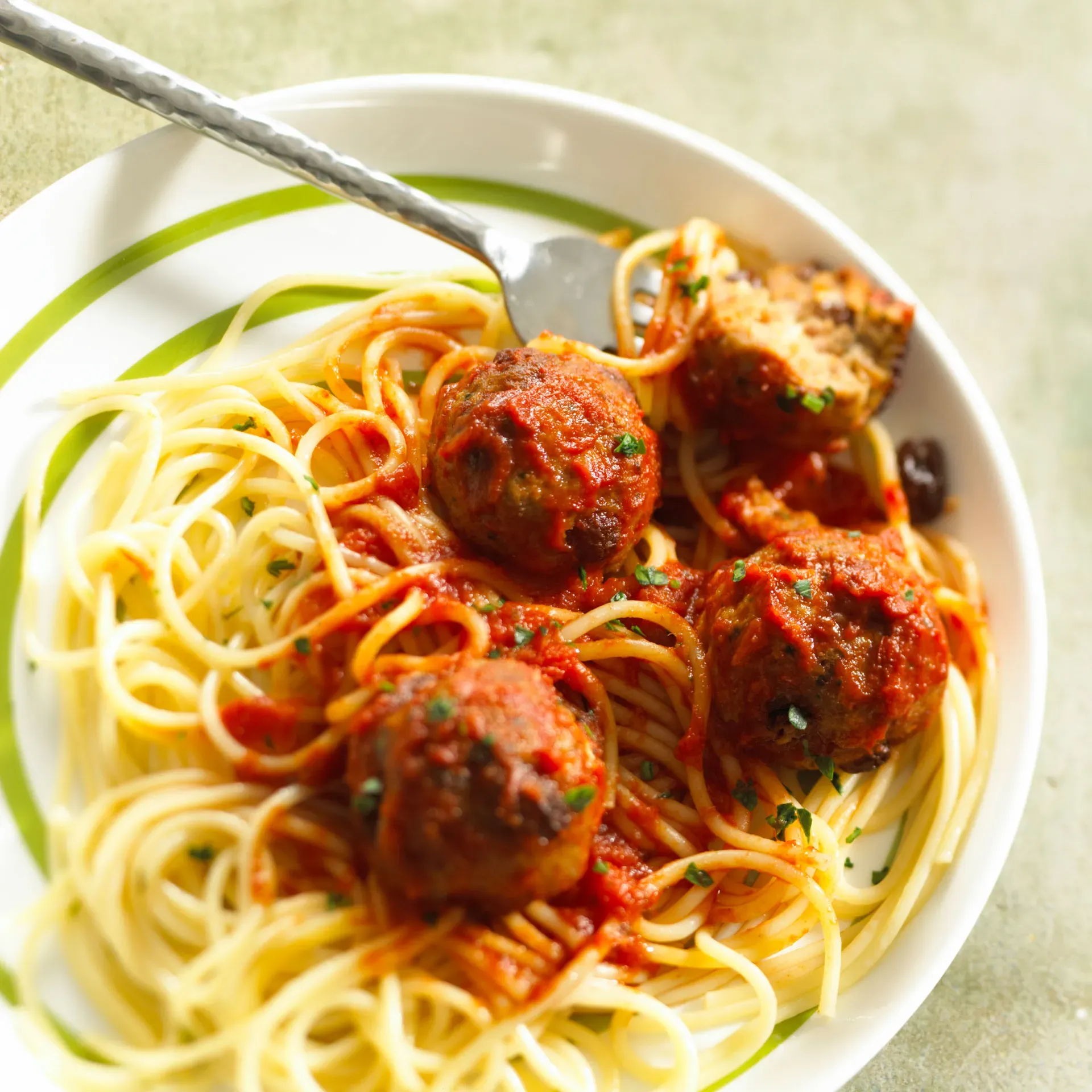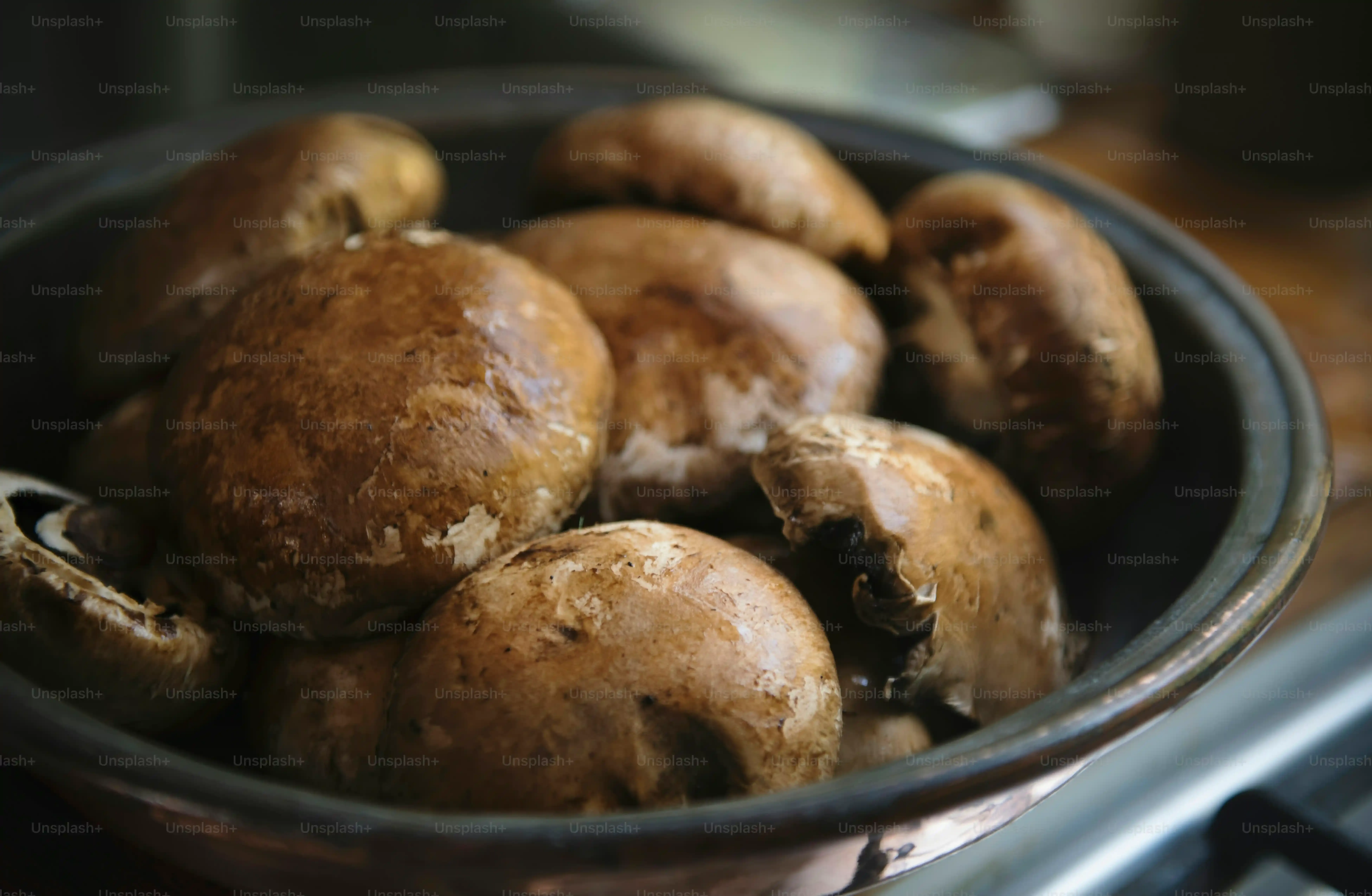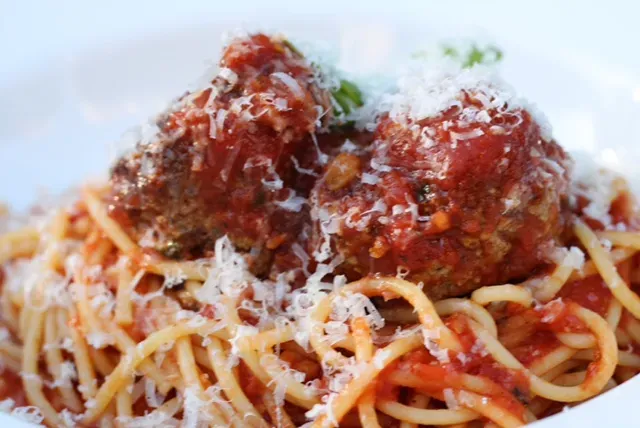Table of Contents
Let's talk meatballs. Not just any meatballs, but the kind that spark conversations, maybe even a little debate. You see, adding raisins to anitalian meatball recipe with raisinsisn't something everyone does. Some folks look at you sideways when you mention it. "Raisins? In meat?" Yes, raisins. And pine nuts, too. If you grew up with an Italian grandmother or great-grandmother who knew her way around a kitchen, you might just recognize this. This isn't some modern twist or culinary experiment gone wild. This is Old Nonnie's recipe, straight from a time when ingredients stretched further and flavor came from unexpected places.
Why Put Raisins in Your Italian Meatball Recipe?

Why Put Raisins in Your Italian Meatball Recipe?
So, you're asking, "Raisins? Why on earth would you put raisins in anitalian meatball recipe with raisins?" It sounds weird at first, I get it. Most meatballs you see today are all savory – meat, breadcrumbs, cheese, maybe some herbs, simmering away in tomato sauce. But think about it. Old Nonnie, and many cooks from her generation, weren't just throwing things in willy-nilly. They understood flavor profiles and, yes, sometimes, making the most of what they had. Raisins aren't just about sweetness; they bring a little chewiness, a different texture, and a subtle counterpoint to the richness of the meat and the saltiness of the cheese. It's that sweet and savory thing that makes a lot of traditional dishes sing, whether it's a Sicilian caponata or, in this case, a meatball.
The Old School Way: Frying Meatballs Just Like Nonnie

The Old School Way: Frying Meatballs Just Like Nonnie
Why Nonnie Fried Her Meatballs
Look, I know baking meatballs is popular now. It's cleaner, maybe feels healthier to some. But Old Nonnie didn't bake her meatballs. She fried them. And there's a reason for that, a delicious, crispy-edged reason. Frying gives the meatball an immediate crust, a little bit of texture on the outside that holds up beautifully when it simmers in sauce for hours. It locks in the juices, too. A baked meatball often just feels... soft. It lacks that initial resistance, that tiny bit of crunch before you get to the tender middle. Frying builds a foundation for the meatball to become its best self in the sauce.
Getting the Fry Just Right
Frying isn't complicated, but it requires attention. You need a good amount of olive oil in a sturdy pan, enough to come halfway up the sides of the meatballs. Get that oil hot, but not smoking. A medium-high heat usually does the trick. You want a consistent sizzle when you drop the meat in. Don't crowd the pan; fry them in batches. Give them space so the oil temperature doesn't drop too much, otherwise, they'll just soak up grease instead of getting that beautiful golden-brown crust all around. Turn them gently with tongs to get even color.
Here’s what you're aiming for when frying:
- A deep golden-brown color on all sides.
- A slightly firm exterior crust.
- No raw spots showing.
- The smell of cooked meat, not just hot oil.
The Flavor Difference Frying Makes
Simmering raw meatballs in sauce works, sure, but it's not the same. They release fat and can make the sauce greasy, and they never develop that complex, savory crust. Baking gets them cooked, but again, no crust to speak of. Frying creates what cooks call the Maillard reaction – that magical browning that develops deep flavors. It's not just about texture; it's about building layers of taste right from the start. When that fried crust hits the simmering tomato sauce, it slightly softens but retains its structure, releasing those fried flavors into the sauce while the inside of the meatball becomes incredibly tender. It’s the old-school way because it’s the way that tastes best.
Making Old Nonnie's Italian Meatball Recipe with Raisins

Making Old Nonnie's Italian Meatball Recipe with Raisins
Gathering the Right Ingredients
Alright, so you're ready to make Old Nonnie'sitalian meatball recipe with raisins. First things first, you need the goods. Nonnie was particular. She used all beef, usually ground chuck because it has enough fat for flavor and moisture. None of that lean stuff. Bread is crucial – not dried breadcrumbs from a canister, but fresh bread, soaked and squeezed. This is key for tenderness. Then there's the cheese. It has to be Pecorino Romano, specifically Locatelli if you can find it. It's sharp, salty, and stands up to the other flavors. And yes, the stars of this show (besides the meat) are the raisins and pine nuts. Get brown raisins, the standard kind. And toast your pine nuts lightly in a dry pan; it makes a world of difference in their flavor.
Mixing It All Together
Mixing is where the magic starts, but don't overthink it. Get a big bowl. Crumble the ground beef in there. Add the squeezed-out bread, the grated Pecorino Romano, the raisins, the toasted pine nuts. Don't forget the eggs – they're the binder. Nonnie kept the herbs simple: just fresh parsley, chopped fine. Salt and pepper, of course. Now, roll up your sleeves. You need to mix this by hand. It's the best way to ensure everything is evenly distributed without overworking the meat. Mix until it's just combined. Overmixing makes tough meatballs, and nobody wants that.
Forming the Meatballs
Once the mixture is ready, it's time to form the meatballs. Nonnie liked hers about the size of a golf ball, maybe slightly bigger. A small ice cream scoop can help keep them uniform, but shaping them by hand is traditional. Roll them gently between your palms. Don't pack them too tightly; a light touch keeps them tender. As you roll, you'll see the little bits of raisin and pine nut peeking out. Place them on a plate or baking sheet as you go. This recipe usually makes a good number, enough for a big family meal or leftovers. Having them uniform in size means they'll cook more evenly when you fry them.
Serving Up Your Italian Meatball Recipe with Raisins

Serving Up Your Italian Meatball Recipe with Raisins
so you've gone through the process: mixed the meat, raisins, and pignoli, rolled them out, and given them that crucial fry. Now comes the payoff. After frying, theseitalian meatball recipe with raisinsaren't done. They need to simmer in a good quality tomato sauce. Not for a quick dip, but for at least an hour, preferably two or even three. This slow simmer is where the magic truly happens. The meatballs finish cooking through, they soak up the flavor of the sauce, and crucially, those little bits of raisin and pine nut soften and meld, releasing their unique sweetness and nuttiness into the meatball itself and the surrounding sauce. The fried crust softens just enough to become part of the tender whole, adding depth instead of disappearing entirely. Serving these is classic: over a pile of spaghetti or other pasta, with extra sauce and a generous grating of that sharp Pecorino Romano. Or, if you're feeling particularly nostalgic, on a crusty roll, maybe with a slice of provolone melted over the top. It’s comfort food, elevated by those unexpected but wholly traditional ingredients.
Bringing Old Nonnie's Meatballs Home
So there you have it. Anitalian meatball recipe with raisinsthat might raise an eyebrow or two, but trust me, one bite is usually all it takes to silence the skeptics. This isn't just about putting fruit in your meat; it's about a specific balance of sweet and savory, a texture contrast from the pine nuts, and that unbeatable crispy edge you only get from frying. Making these meatballs is more than just cooking; it's carrying on a piece of history, a taste memory from kitchens long gone. They're messy, they take a bit of effort, but the result? A connection to tradition you can actually eat. Give Old Nonnie's recipe a shot, and you might just find your new favorite way to make meatballs.